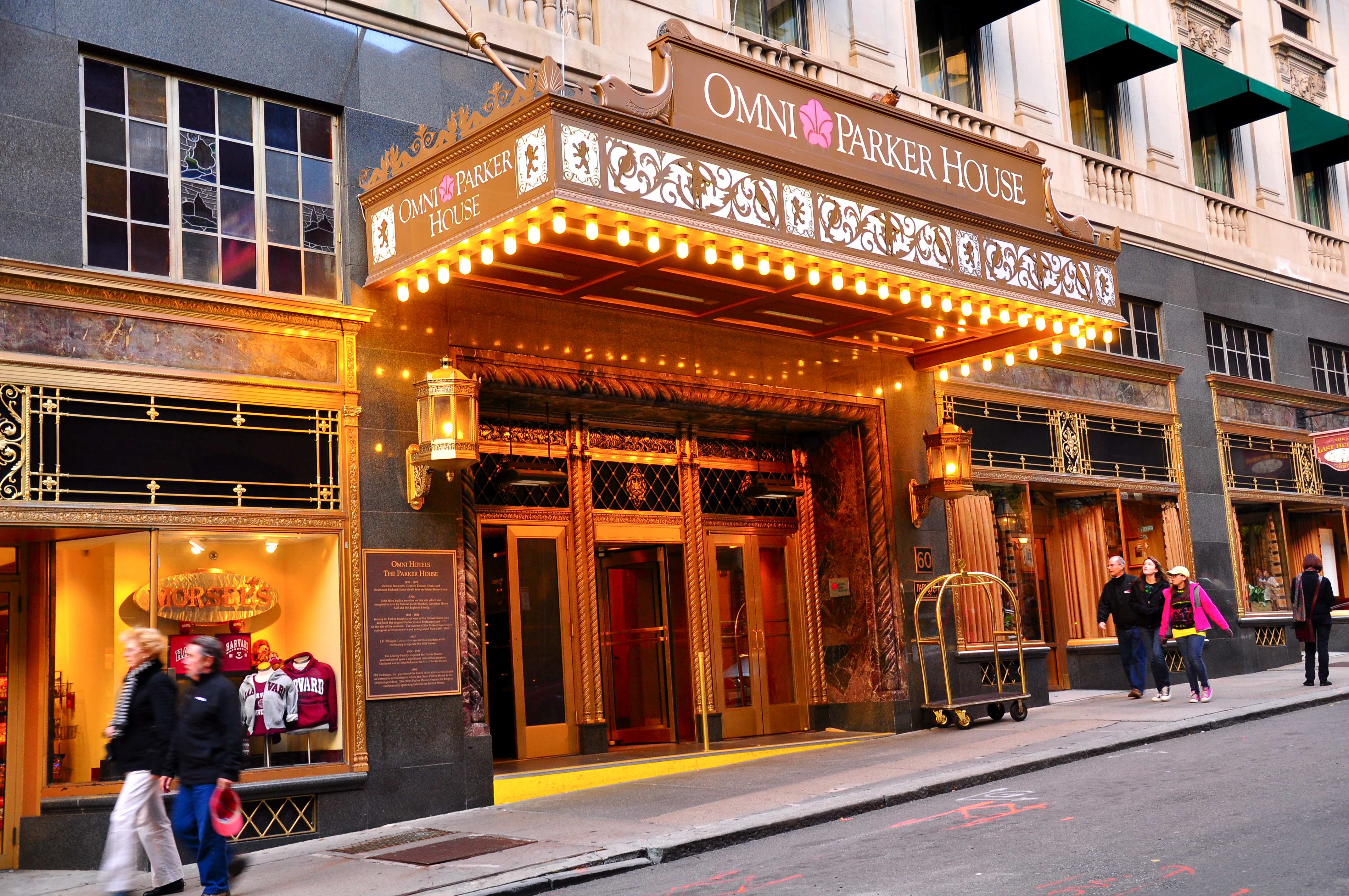 |
| Photo by HannahMorris |
Oftentimes when I sit down to research a New England haunting for this blog, I'll find claims that a person was murdered at such and such a place as a reason for the alleged haunting. I'll dig deeper and find none of the evidence you would expect to find, such as police reports and newspaper articles. I usually chalk it up to urban legends, learn what I can about the reports of paranormal activity and move on to the next site. When it came time to research the ghost that allegedly haunts College Hall in Montpelier, VT, something else happened entirely. The site was slightly off, but the murder was quite real and sensational at that.
College Hall is an imposing Second Empire style structure overlooking Winooski River Valley. It sits on Seminary Hill, thus named because the 1872 building was originally a seminary school. It is now part of the Vermont College of Fine Arts. It houses classrooms, offices and even the Thomas W. Wood Art Gallery–a great excuse for a visit.
Students and staff at Vermont College tell of a ghost that haunts College Hall. They often include false accounts of a girl named Anna dying in one of the building's towers. They say a jealous romantic rival pushed her down the stairs. They say her ghost haunts the tower and occasionally plays the old organ in the building. There is an Anna. She did die tragically. However, we don't even know if she could play organ in life, let alone in death. Moreover, she didn't die in College Hall or even in its shadow as some stories claim, but rather nearby on Sibley Avenue.
One day in May of 1897, a 20-year-old woman named Mildred Brewster purchased a revolver from a shop. Roughly a week later, on May 29, she left home early to practice shooting it. When she was done, she went to the home where Anna Wheeler lived. It was around 7 a.m. when she stood for about 10 minutes on the porch before knocking. She was allowed in and spent roughly 45 minutes talking to Anna.
It appears that Mildred believed she was also engaged to 17-year-old Anna's fiancé Jack Wheeler (no relation to Anna). She was heard telling Anna that he can't be engaged to both of them, and he had to choose between them. Shortly after, the two women set out on the rainy morning in the direction of Jack's house, a walk that took them past College Hall. Before the women could even reach Jack's house to hear his side of the story, Mildred pulled out her new gun and shot Anna in the head. She then shot herself in the same fashion.
Witnesses rushed to the scene, taking the unconscious women to Jack Wheeler's house, where they were kept until they could be brought to Heaton Hospital. Young Anna died at 1:30 p.m. that same day. Mildred lived, though the bullet was lodged in her head for the rest of her life. She faced a jury for her crimes, though she was still fairly sickly, nearly a year later.
According to Mildred Brewster's defense, she was unstable well before the shooting took place. Furthermore, suicidal ideation and mental illness ran in her family. Armed with this information, the jury acquitted her by reason of insanity. She was sent to live in an asylum where she spent many years. She was later released into the care of a nurse in Washington State where she spent the rest of her life.
Poor Anna Wheeler no doubt died within a short walk of College Hall, perhaps even within sight of the historic building. I'm unable to tell whether she had any other connection to the building that would theoretically cause her to drift there in the afterlife. Still, it's where the locals say she is, and it's worth the trip if just to see the surroundings and the organ her ghostly fingers coaxes to life.
_-_Google_Art_Project.jpg)
_p390_DANVERS%2C_STATE_INSANE_ASYLUM.jpg)


